Key Takeaways
- German cockroaches reproduce rapidly and infest kitchens and bathrooms.
- They enter homes through infested items, cracks, drains, and neighbouring units.
- Elimination involves cleaning, moisture control, baits, IGRs, and insecticides.
- Prevention includes sealing entry points, maintaining cleanliness, and using traps.
- Long-term control requires routine cleaning and professional pest services if needed.
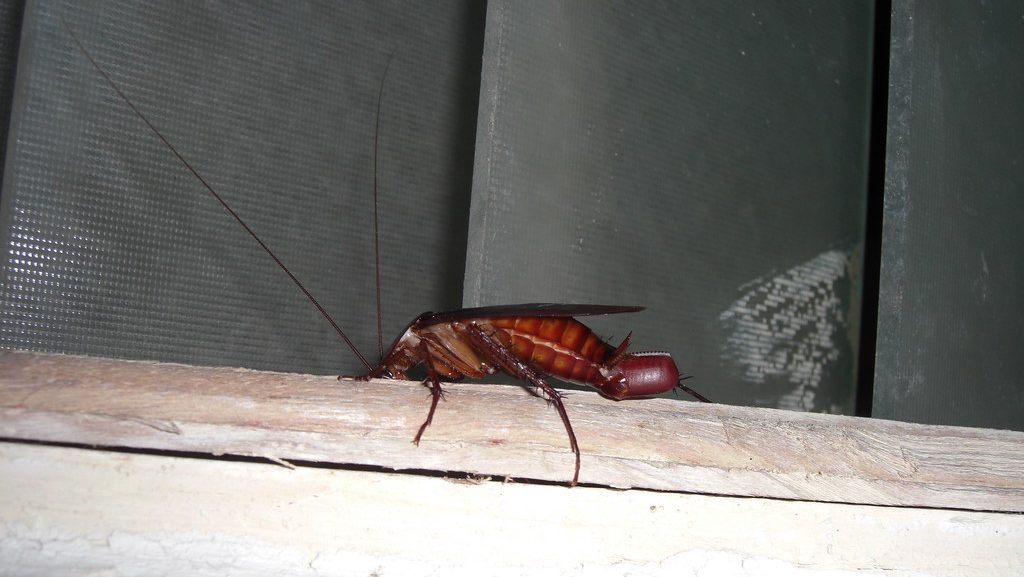 German cockroaches are one of the most persistent and troublesome pests in U.S. households. These fast-breeding insects thrive in kitchens, bathrooms, and warm, humid areas. Their presence is more than just an inconvenience—they can spread bacteria, trigger allergies, and contaminate food. If you’ve spotted these unwelcome guests, immediate action is essential.
Here, we are going to talk about how to identify, eliminate, and prevent German cockroach infestations effectively. Using a multi-step approach, you can reclaim your home and keep it roach-free.
German cockroaches are one of the most persistent and troublesome pests in U.S. households. These fast-breeding insects thrive in kitchens, bathrooms, and warm, humid areas. Their presence is more than just an inconvenience—they can spread bacteria, trigger allergies, and contaminate food. If you’ve spotted these unwelcome guests, immediate action is essential.
Here, we are going to talk about how to identify, eliminate, and prevent German cockroach infestations effectively. Using a multi-step approach, you can reclaim your home and keep it roach-free.
How Do German Cockroaches Get in Your House?
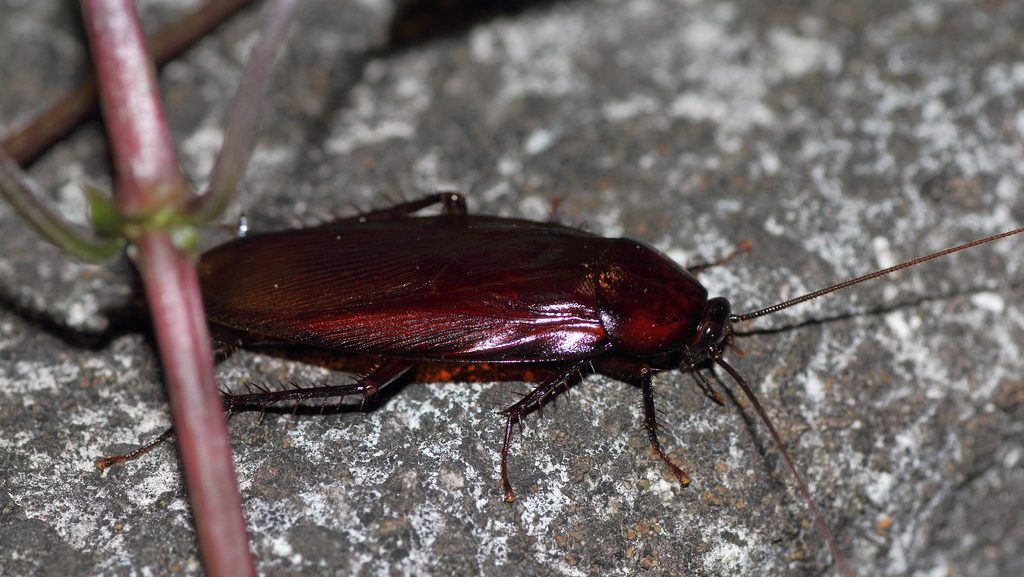

Not getting a solution?
Get your free pest control estimate today!Common Entry Points
-
Infested Items: Grocery bags, cardboard boxes, used appliances, and second-hand furniture can harbor roaches and their eggs.
-
Cracks and Gaps: Small openings around doors, windows, and baseboards provide entry points.
-
Drains and Pipes: Roaches travel through plumbing and sewage lines, often emerging from sinks and bathtubs.
-
Neighboring Infestations: In apartments and townhomes, they spread through shared walls, vents, and utility lines.
Even the cleanest homes can become infested if roaches find a way inside. Once settled, they multiply rapidly, making early detection crucial.
How to Get Rid of German Cockroaches
Eliminating German cockroaches requires a multi-step strategy. A single method won’t be enough—combining different approaches is key to completely eradicating roaches from your home.

1. Deep Clean Your Home
Start with a thorough cleaning, especially in areas where food is prepared and stored. Roaches are drawn to crumbs, grease, and moisture.- Wipe down kitchen counters, stovetops, and cabinets.
- Vacuum and mop floors regularly to remove food particles.
- Store food in sealed containers and take out trash daily.
- Declutter storage areas, as roaches love hiding in stacks of paper, cardboard, and fabric.

2. Fix Moisture Problems
German cockroaches need water to survive. Reducing moisture in your home is an effective way to drive them out.- Repair leaky pipes, faucets, and appliances.
- Dry sinks and bathtubs overnight.
- Use dehumidifiers or improve ventilation in damp areas.
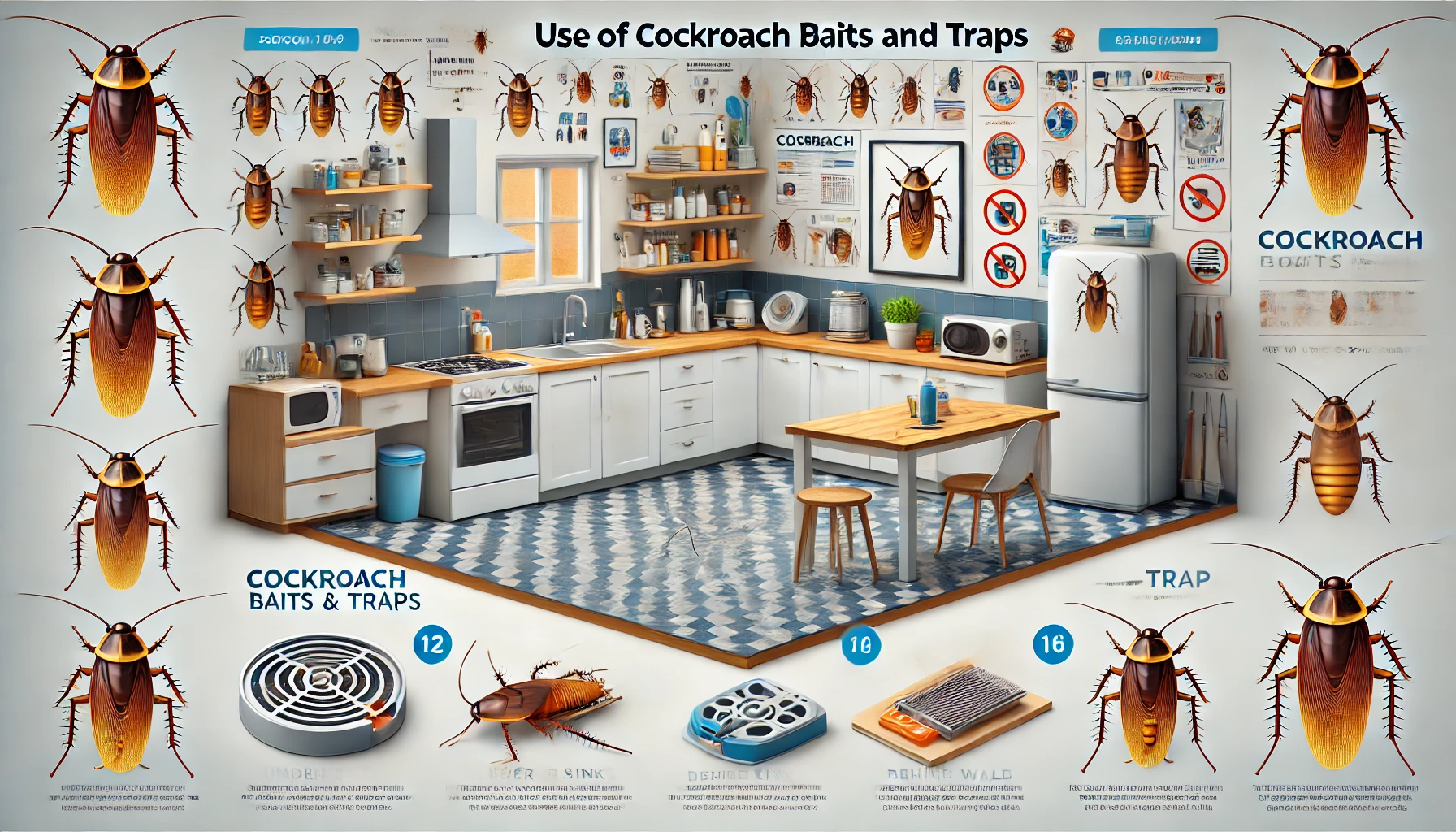
3. Use Baits and Traps
Baits and traps are some of the most effective tools for controlling German cockroaches.- Gel Baits – Apply in cracks, crevices, and areas where roaches frequent, such as behind appliances and inside cabinets.
- Glue Traps – Place along baseboards and under sinks to monitor activity and catch roaches.
- Bait Stations – Slow-acting poisons allow roaches to return to the nest and share the toxic bait, killing others in the colony.
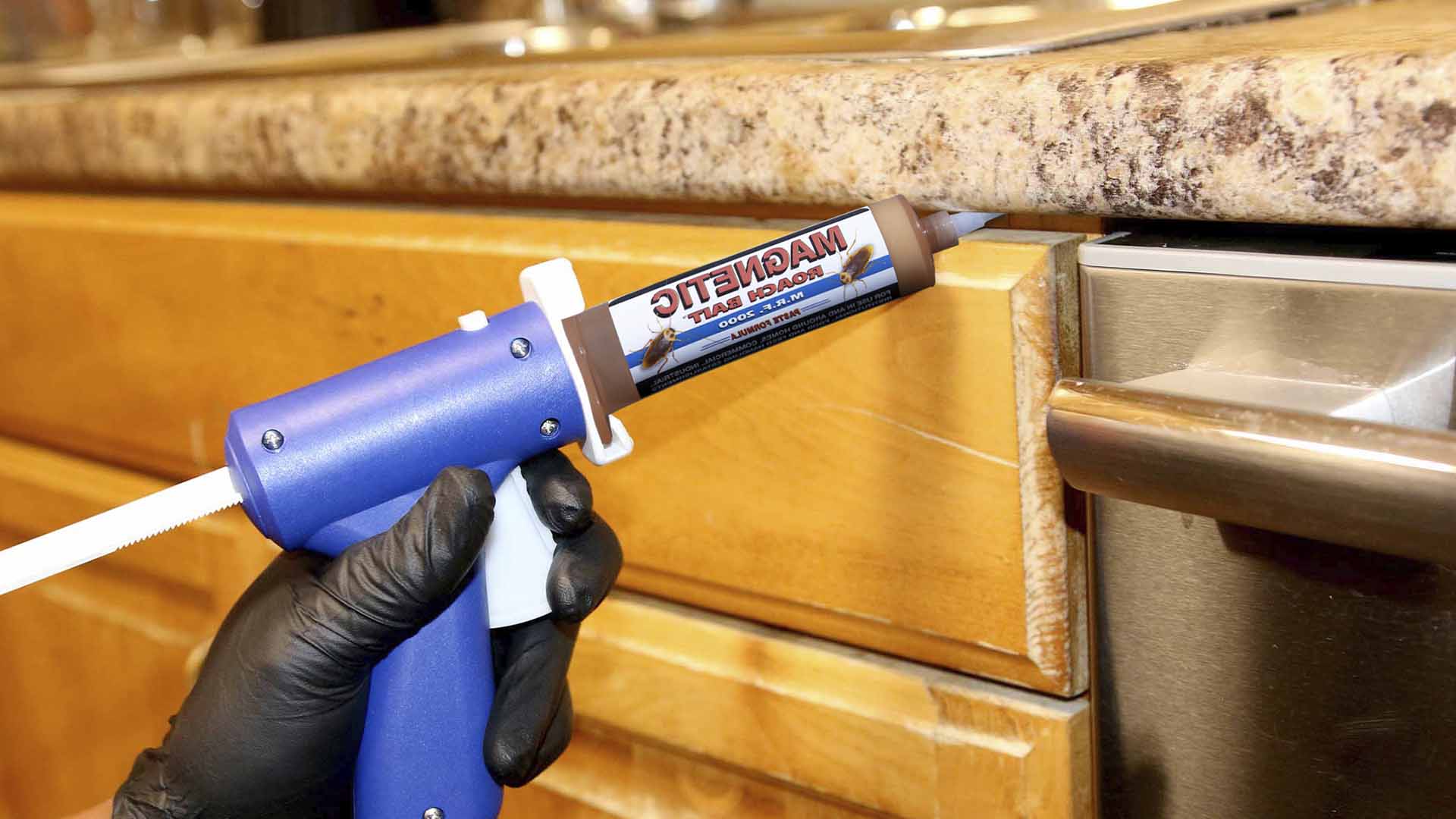
4. Apply Insect Growth Regulators (IGRs)
IGRs disrupt the roach lifecycle, preventing young roaches from developing into reproductive adults. This significantly reduces their population over time.- Use products like Gentrol IGR in infested areas.
- Apply sprays behind appliances, along baseboards, and in cabinets.
- IGRs don’t kill roaches instantly but help eliminate future generations.
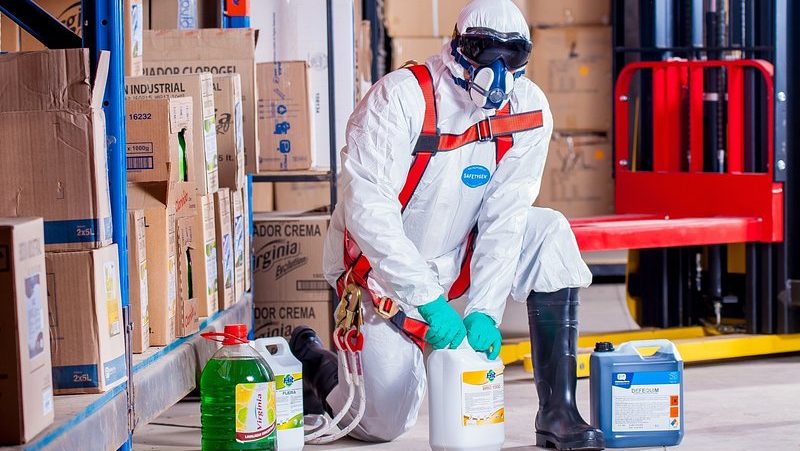
5. Use Insecticide Sprays and Dusts
For immediate reduction, use residual insecticides and dust treatments in strategic locations.- Apply residual sprays along cracks, crevices, and under sinks.
- Use boric acid or diatomaceous earth (DE) in dry areas—these powders kill roaches by dehydration.
- Avoid overusing sprays in areas where baits are placed, as it can repel roaches from taking the bait.
6. Seal Entry Points
Prevent future infestations by blocking common entryways.- Seal cracks and gaps around doors, windows, and pipes.
- Use caulk or weather stripping to close off access points.
- Install door sweeps to prevent roaches from crawling under doors.
How to Prevent German Cockroaches

Preventive Measures
-
Seal Entry Points: Use caulk to close cracks and gaps around doors, windows, and plumbing.
-
Inspect Items: Check groceries, cardboard boxes, and second-hand furniture before bringing them inside.
-
Keep Your Home Dry: Fix leaks and ensure sinks and counters remain dry overnight.
-
Store Food Properly: Use sealed containers and avoid leaving pet food out overnight.
-
Maintain Cleanliness: Vacuum and clean regularly, especially in kitchens and dining areas.





